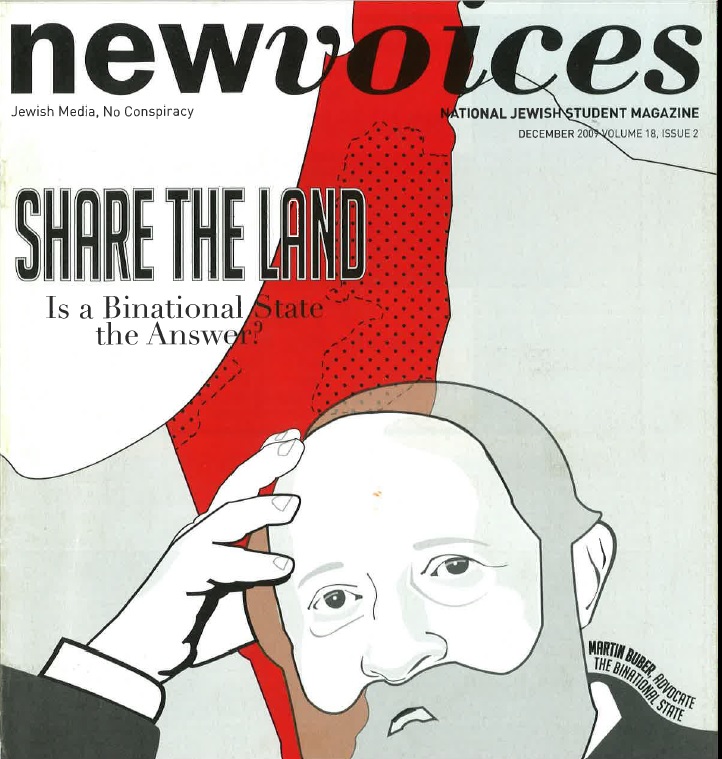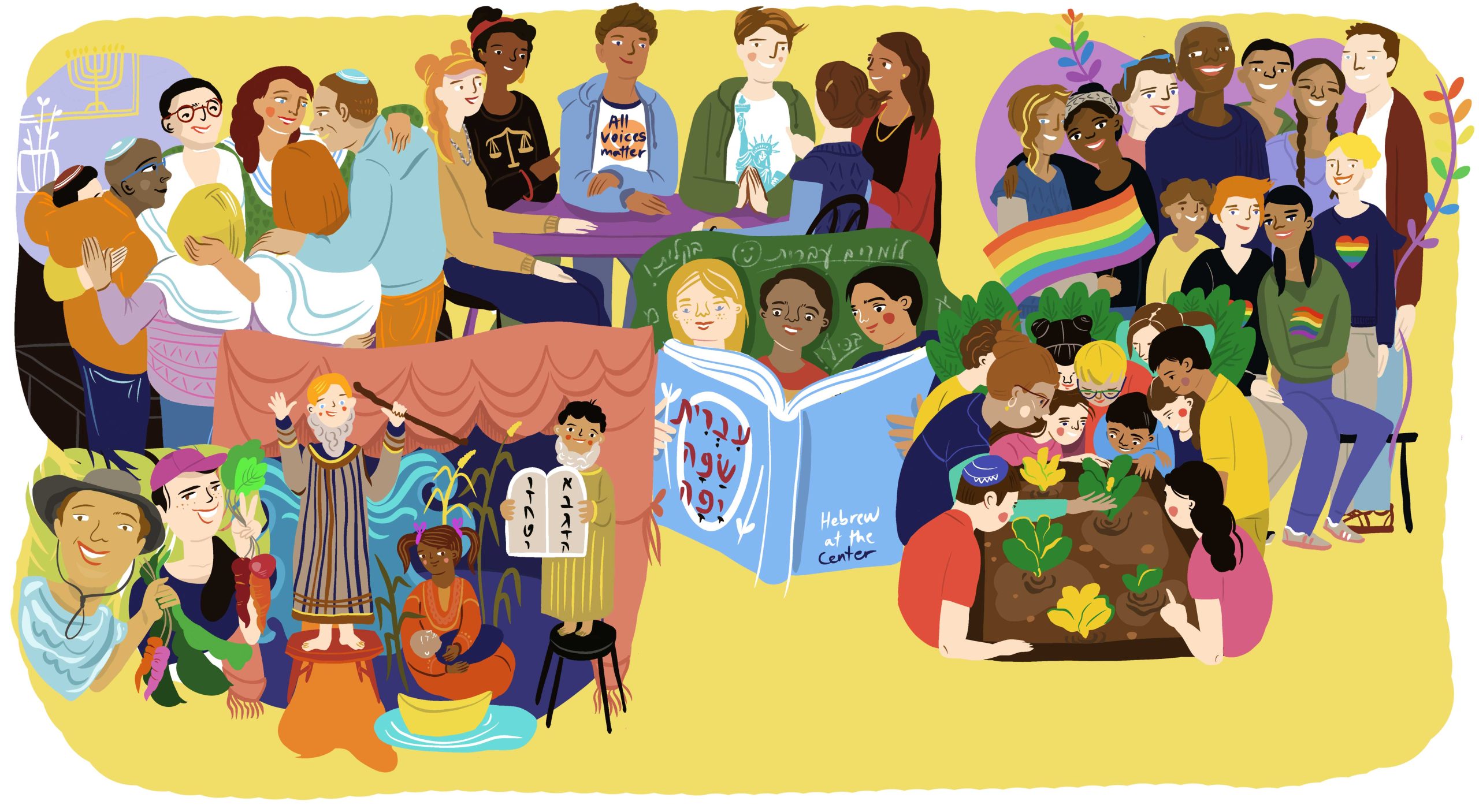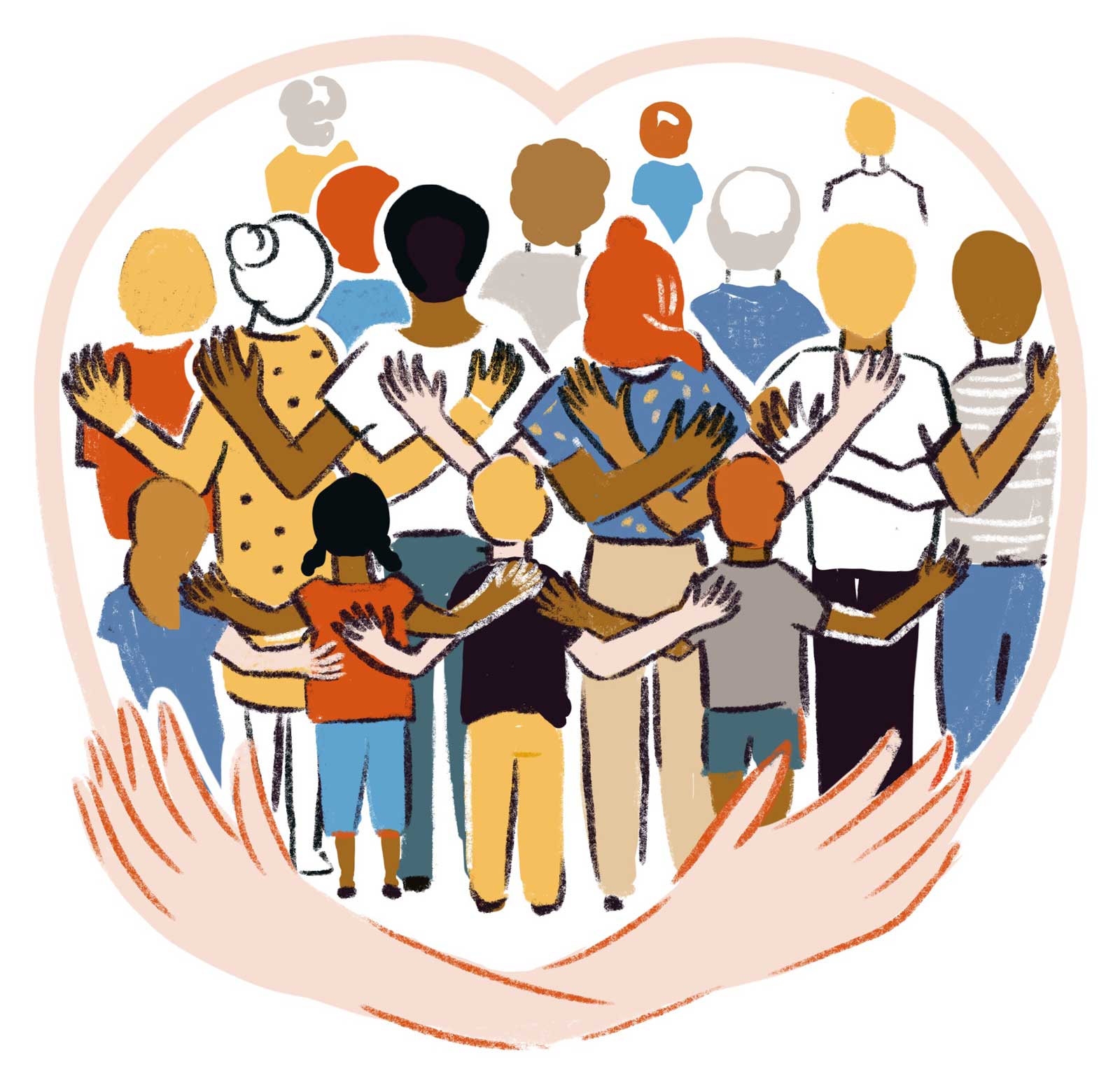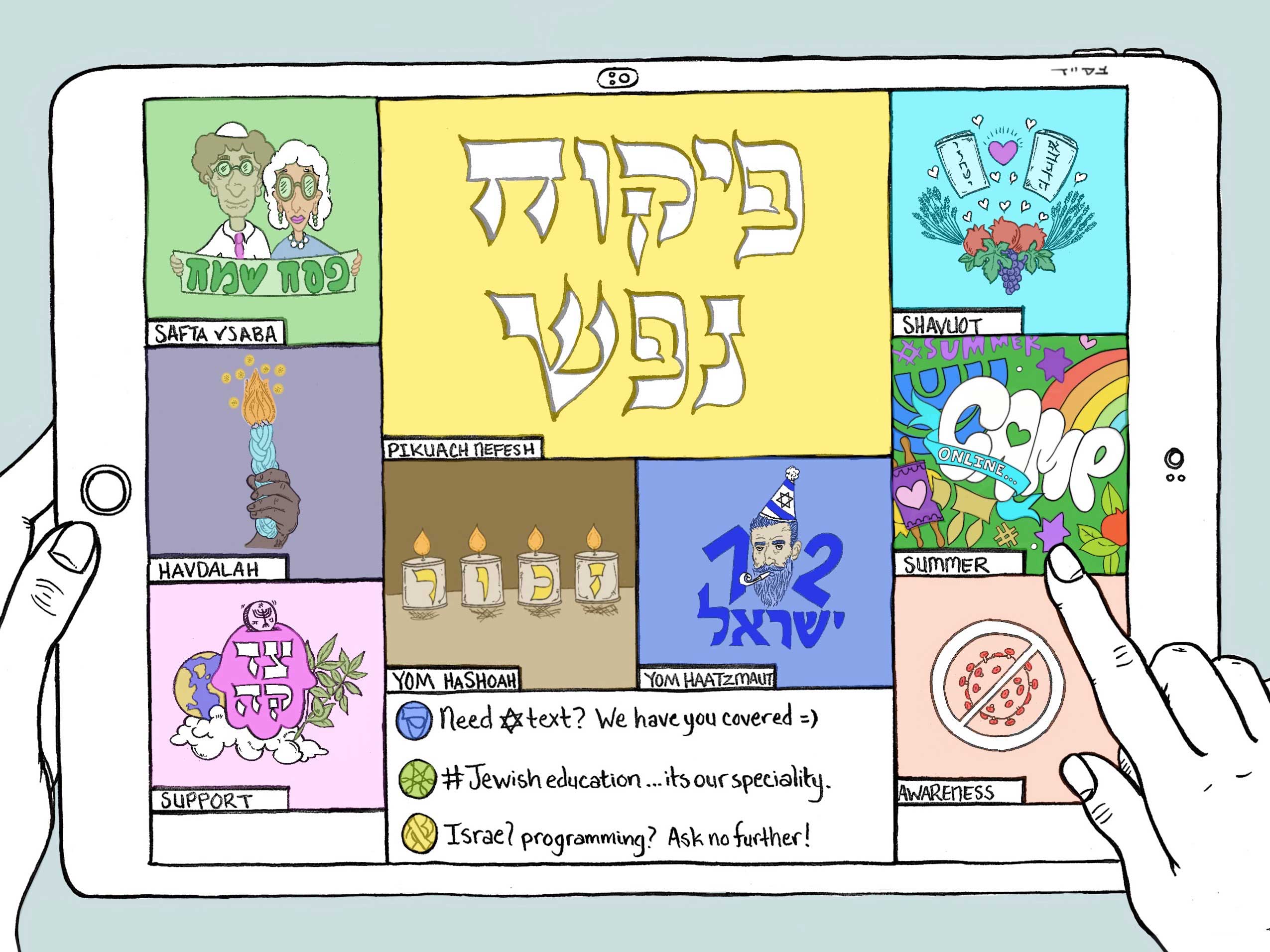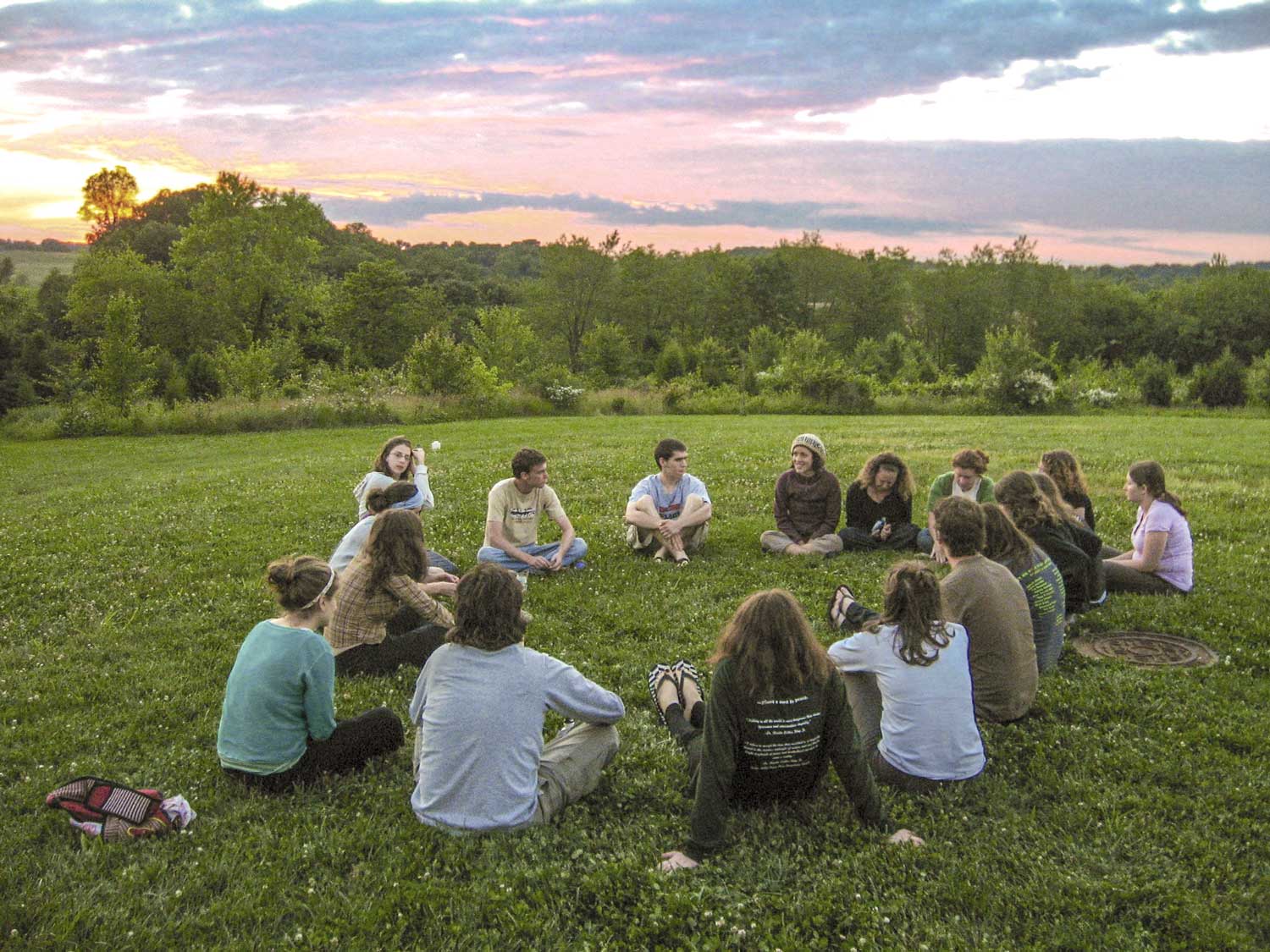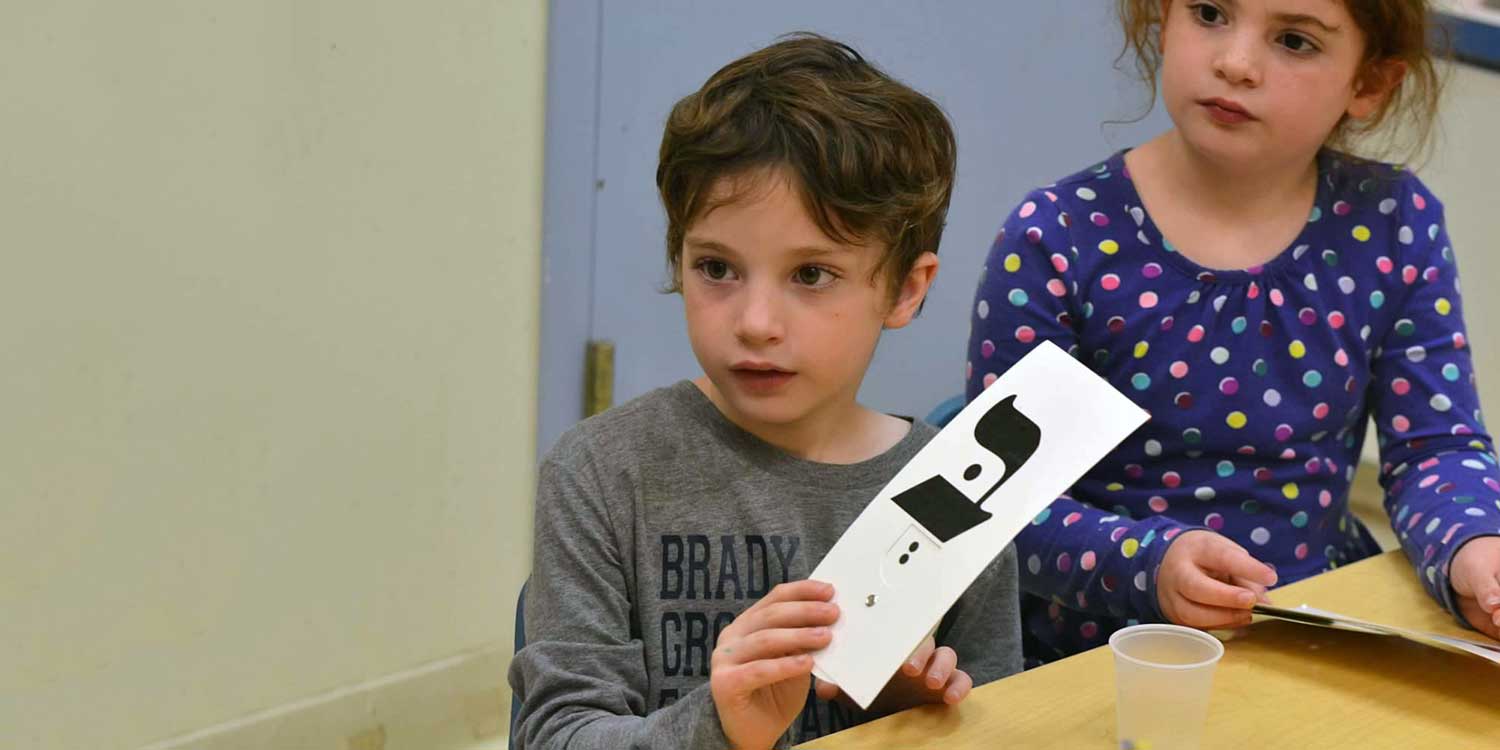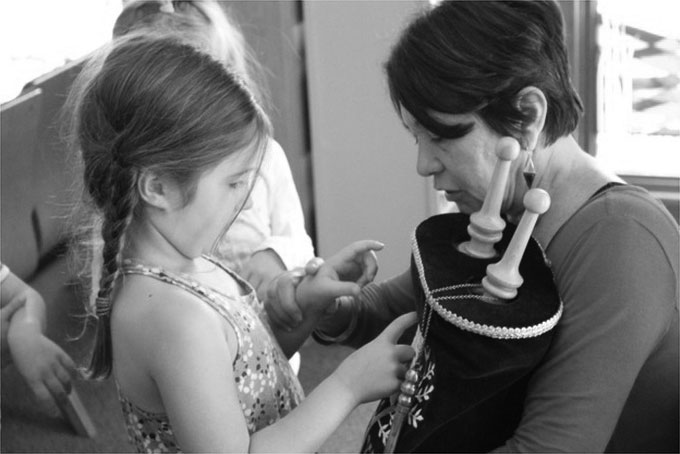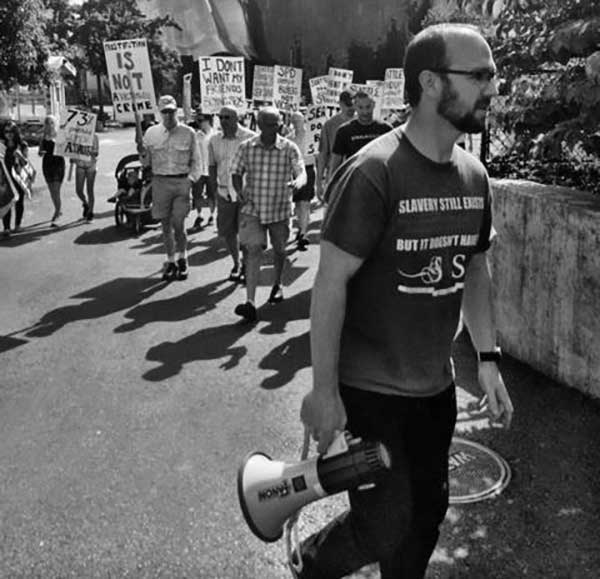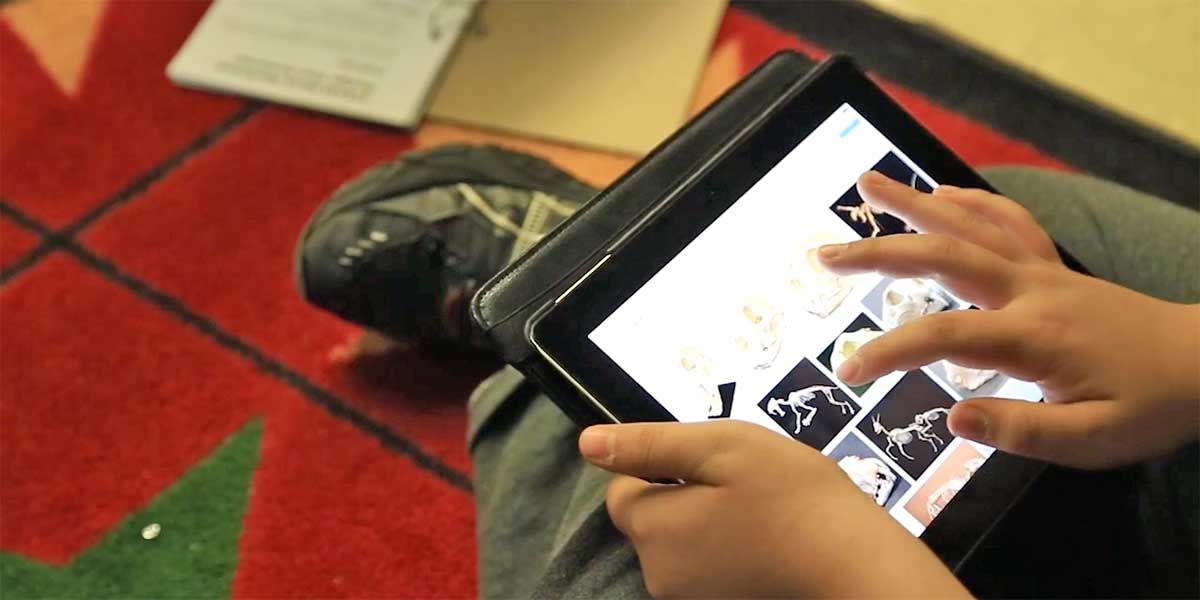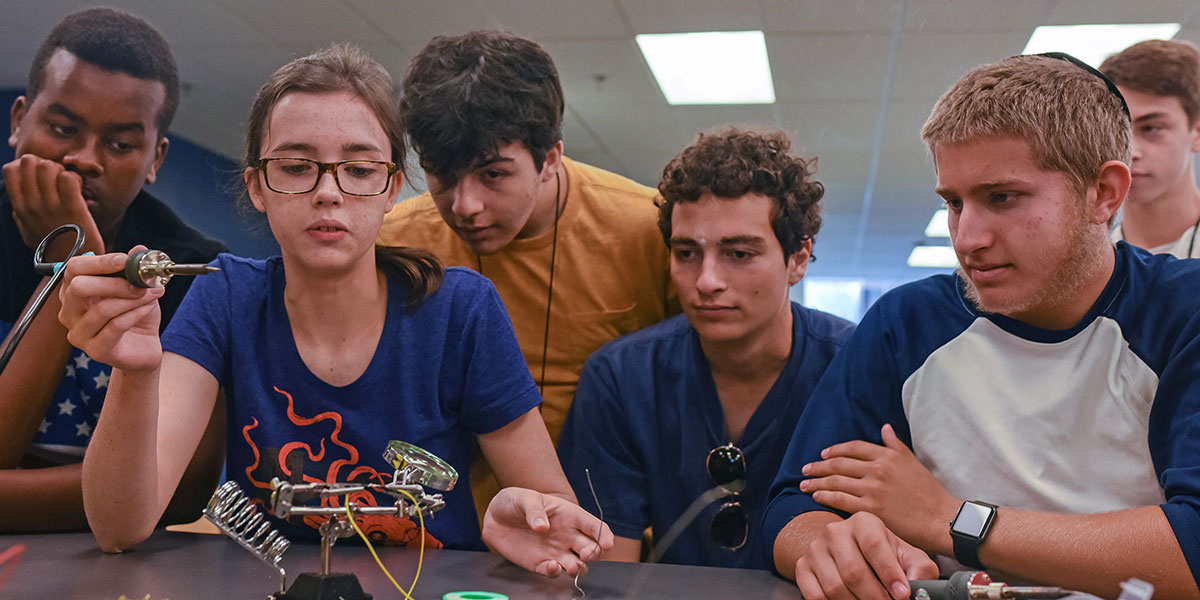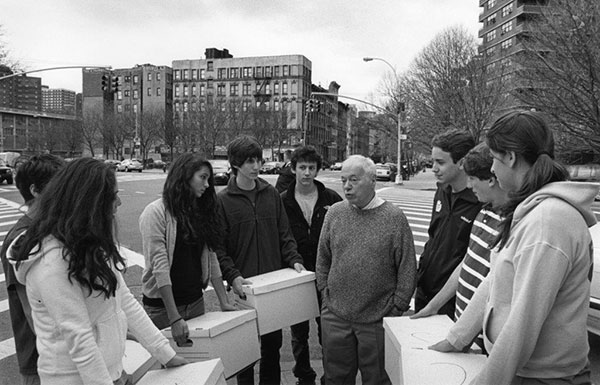
ARTICLE The Covenant Foundation and Technology: 25 Years of Envisioning the Future
“As more and more young people and their families get on the information superhighway, they must be given content and incentives to travel the ‘Jewish lanes’ of the highway in addition to all of the other routes they take.”
This 1993 quote from one of the earliest Covenant Foundation grant reports – when the “information superhighway” was a mere country dirt road compared to the cyber-world of today – foretells the path that the Foundation and the field of Jewish education would take over the next decades. From its first cohort of grants awarded in 1991, the Covenant Foundation has embraced technology as a critical tool for Jewish learning and engagement. The past twenty-five years have been an unprecedented time of technological change, from the spread of the internet, to the invention of smartphones, to the explosion of social media, to the virtual reality and “cyber-physical-human” devices on the horizon.
At each step in this evolution, the Covenant Foundation has identified and supported projects – sixty-six between 1991 and 2014 – which sought to ensure that there would be enticing “Jewish lanes” among the copious technological options for communication, connection, learning and entertainment. Though the technological tools and media changed significantly through the decades, common themes are woven through these grants’ visions for what technology could achieve: expanding the reach of Jewish resources to new populations of learners, facilitating Jewish connections and communities beyond the boundaries of time and space, and empowering individuals to be creators of Jewish content as well as consumers.
This report profiles a selection of Covenant Grants that were particularly forward-thinking about how to apply new technological possibilities to Jewish education and engagement over five stages of technological development:
- The “proto-internet,” when Jewish communities and institutions discovered that “electronic bulletin boards” and “Free-Nets” could become virtual Jewish gathering spaces and resource libraries.
- The early web, when organizations and schools created their first websites and learned to access, and contribute to, expanding internet databases of Jewish texts and pedagogical tools.
- The rise of broadband, when faster and better internet technology allowed Jewish institutions to expand their reach and connect with learners in more immediate and meaningful ways (such as real-time, interactive video conferencing).
- Web 2.0, which multiplied the opportunities for learners and educators to create individualized, personally meaningful Jewish content and communities.
- The mobile revolution, which untethered technological tools from schools, synagogues, and even the home, making the Jewish world as close and accessible as one’s pocket.
As the pace of technological innovation increases, the Jewish community will need to continue to identify and nurture visionary ideas in order to keep Jewish education relevant and engaging for future generations. Perhaps in 2040 students will be taking virtual-reality field trips to the Western Wall, studying Talmud with interactive holographs of Hillel and Shammai, or learning Hebrew through personalized lessons that respond to their brain-wave patterns? Whatever future paths unfold, the Covenant Foundation and its grantees will undoubtedly be instrumental in bringing Jewish education to the forefront of technological innovation and experimentation, as they have for the past twenty-five years.
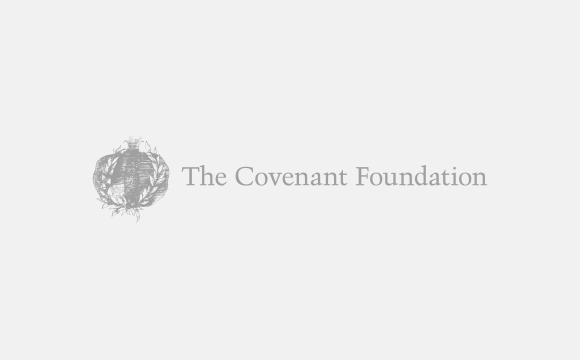
Models of Effectiveness: An annotated Video Library of Teaching Episodes
998
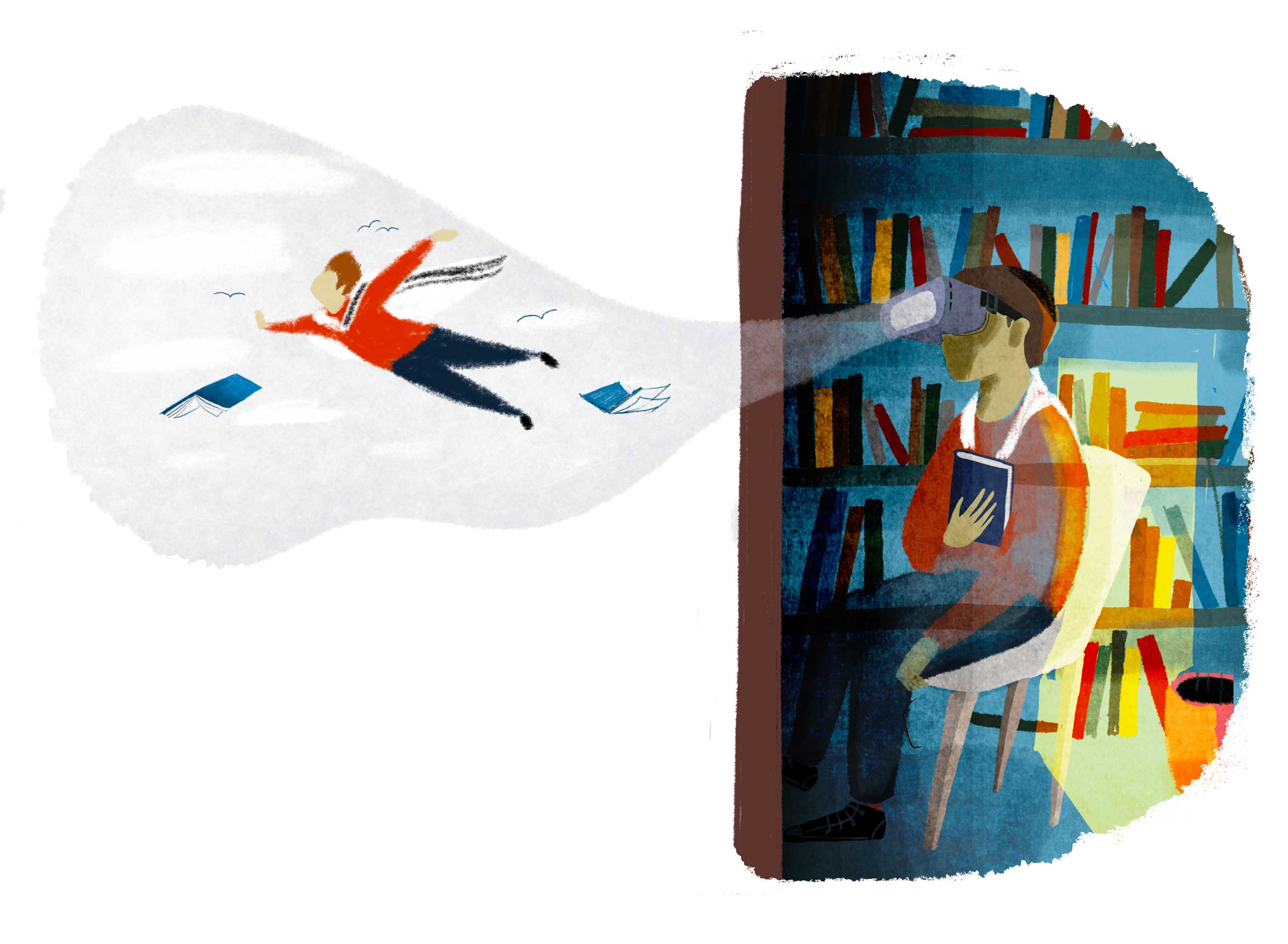
It’s All About that Place: Experimenting with Virtual Reality and Prayer
994

